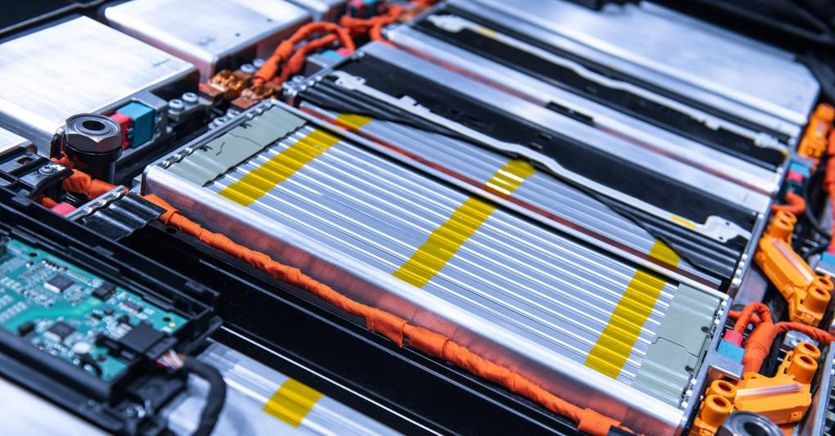The circular economy starts with used lithium iron batteries. Because through the Acrobat project, in which Enea is participating for Italy, the aim is to recover 90 percent of critical materials through a process that will then be transferred to European industry. Namely lithium, phosphorus and graphite. «The project is aimed, as a whole, at developing a new recycling process that will make it possible to extract from lithium, phosphorus and graphite batteries – explains Federica Forte, Enea researcher and project manager -. We will deal, in particular, with the process of extracting and recovering electrolytic materials, such as for example conductive salts and organic solvents».
The project
Starting point of the project (in which also participate Fraunhofer Institute for Laser Technology and the company specialized in battery recycling Accurec Recycling GmbH for Germany, Catholic University of Louvain and Vito for Belgium) the composition of Lfp batteries, consisting of hundreds of single cells connected to each other and composed of the anode (negative pole) made of graphite and the cathode (positive pole) made up of lithium-iron-phosphate.
Batteries used above all in stationary storage systems, in electric mobility and, “still in the experimental stage, in some domestic consumer electronics applications”. The use, as the research center points out, is destined to increase because they “are fundamental” in the process of ecological transition and decarbonisation of the economy at a global level.
“LFP batteries contain critical materials that make their recycling a strategic imperative; however – argues the researcher – in Europe it is not yet an industrial reality. Hence the need to start a project like Acrobatwhich aims to combine the skills of the world of research and industry to develop an economic and sustainable process for the extraction, from exhausted batteries, of critical materials destined for new productions».
The schedule
The time schedule of the activities to be carried out is already being defined. By 2030, the project “will aim to achieve an overall annual recovery target of 5,400 tonnes of cathode material (lithium-iron-phosphate)6,200 tons of graphite and 4,400 tons of electrolyte».
